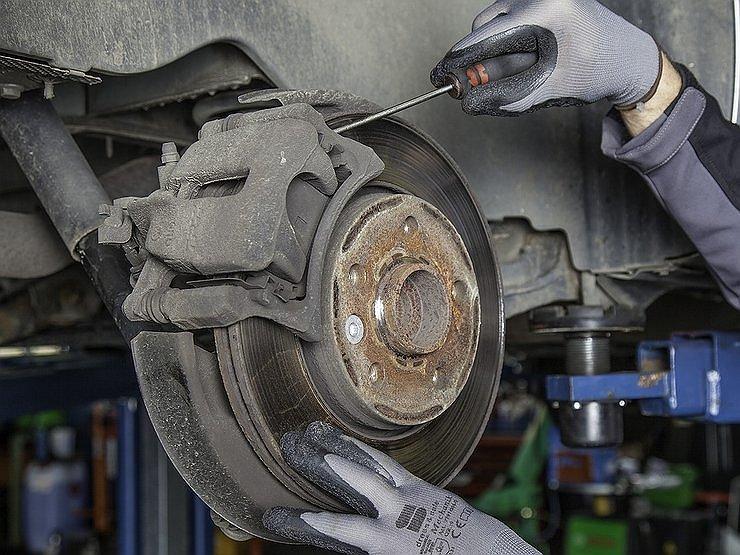
5 operations when replacing brake pads, which are forgotten even in the service station
Replacing brake pads is a simple process. Some motorists, in an effort to save money by rolling up their sleeves, rush into battle themselves and quickly change worn-out pads for new ones. However, as it may seem, this process is by no means an easy one. Here, too, there are some nuances that are forgotten not only by ordinary motorists, but also by service station employees.
Replacing brake pads really does not cause difficulties for most who decide to try on the profession of a service station foreman. However, all the tricks are hidden in simplicity. When replacing pads, many people forget about the little things that will later affect the operation of the brake system, its wear, and complicate the replacement procedure itself.
Perhaps the first thing independent mechanics forget to do is clean the brake calipers from dirt. Most often, carbon deposits, rust and scale on the parts of the calipers cause nasty grinding and squeaking of the brakes. And you just need to go over the part with a metal brush in order to remember this next time when you change the wheels seasonally or when you next replace the pads.
Many also forget about lubrication. Meanwhile, brake shoe guides require this. Lubrication, as a rule, must be used specialized, capable of withstanding high temperatures. The same goes for guide calipers, where you also need to apply a lubricant that is different from that used on guide shoes.
And even the fasteners of the brake system require care. They must be lubricated with compositions from sticking, which will further facilitate the disassembly of the system for subsequent repair. And this grease must also withstand high temperatures. In turn, assembly-preservation lubricants must be used when assembling brake cylinders. This improves their performance and protects against corrosion.

Against this background, the need to drown the brake cylinder piston to the maximum looks like a matter of course. But many also remember this when, as they say, it doesn’t fit. It simply interferes with the installation of the caliper in place.
And, perhaps, the main thing: after the new pads have taken their place, and the brake system is assembled, it is recommended to push the brake pedal several times. This will return the previously recessed pistons to working condition - they must be in close interaction with the pads.
However, the eyes are afraid, but the hands do. Before proceeding with the replacement of brake pads, it is better to study the materiel. And then a simple procedure will really be that. Yes, and difficult will be able to.
By the way, do you know why the pads start to creak? There are quite a few reasons for this. Read more here.
